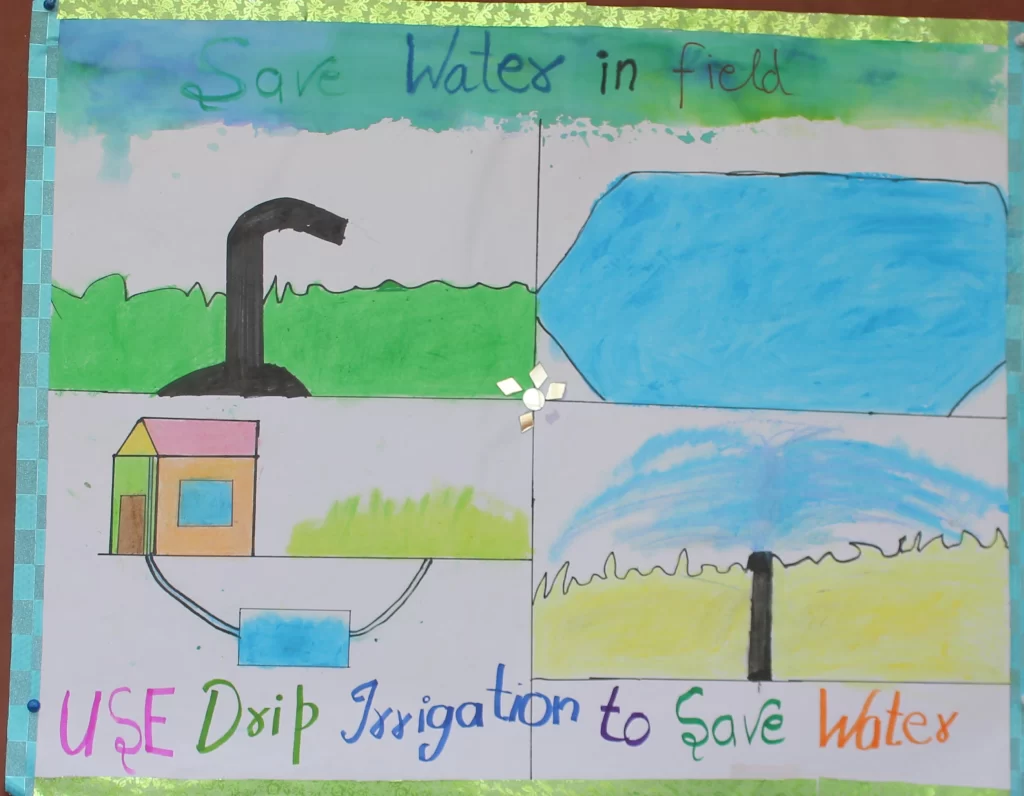Saving Water in Fields

Water in Fields is essential for growing crops, and farmers use a variety of irrigation techniques to provide water to their crops. One popular method of irrigation is drip irrigation, which delivers water directly to the roots of the plants through a system of tubes and emitters.
Drip irrigation is a highly efficient method of irrigation because it minimizes water loss through evaporation and runoff. Unlike traditional flood irrigation, which can result in significant water wastage, drip irrigation delivers water slowly and precisely to the root zone of the plants. This reduces the amount of water that is lost to the surrounding soil, making it a more water-efficient method of irrigation.
Drip irrigation systems are also flexible and can be designed to meet the specific needs of the crops being grown. Farmers can control the flow rate of the water, the spacing of the emitters, and the timing and duration of the irrigation cycles. This precision allows farmers to use water more efficiently, reducing their water usage and associated costs.
Additionally, using drip irrigation can improve crop yields and quality. By delivering water directly to the root zone, plants receive the water they need without being overwatered, which can cause waterlogging and root damage. This can lead to healthier plants with stronger root systems, better nutrient uptake, and higher yields.
Overall, using drip irrigation is an effective way for farmers to conserve water while maintaining the productivity and quality of their crops. It is a flexible and efficient method of irrigation that helps to ensure the sustainability of agriculture in areas where water resources are limited.
